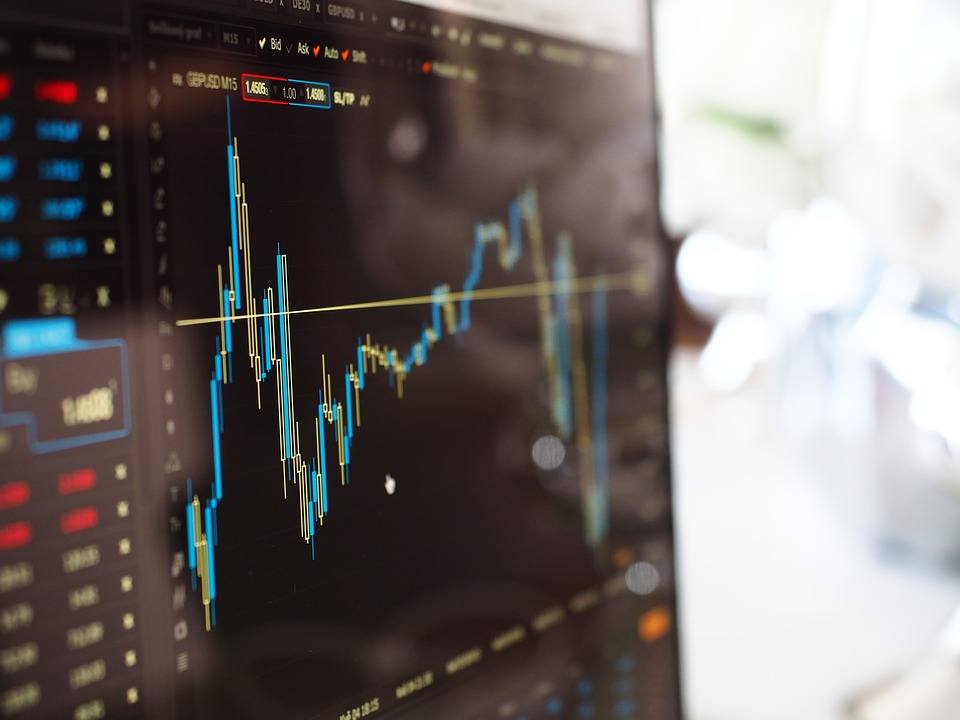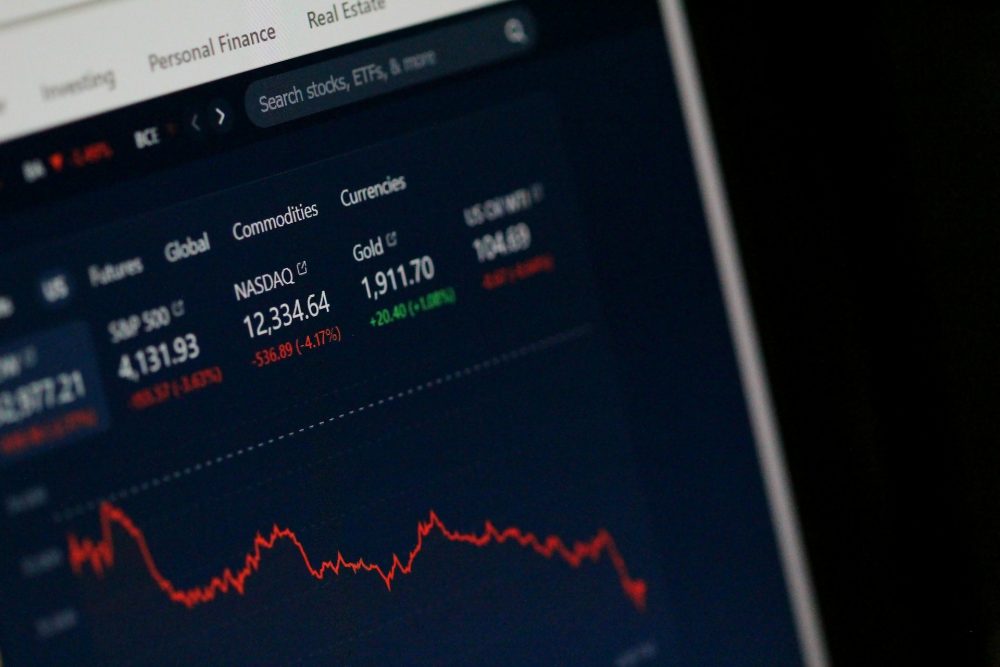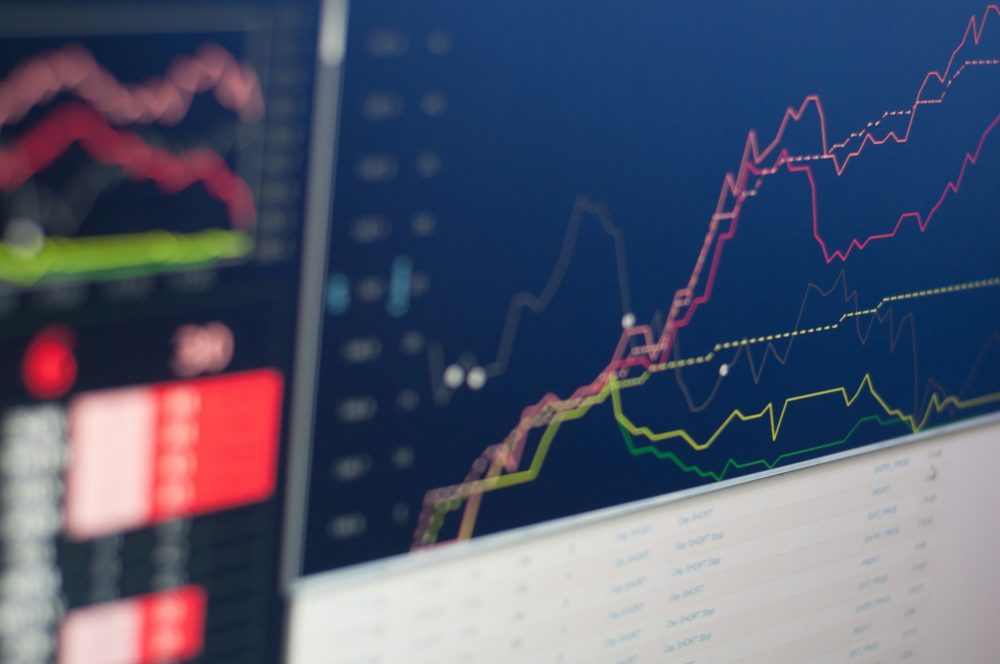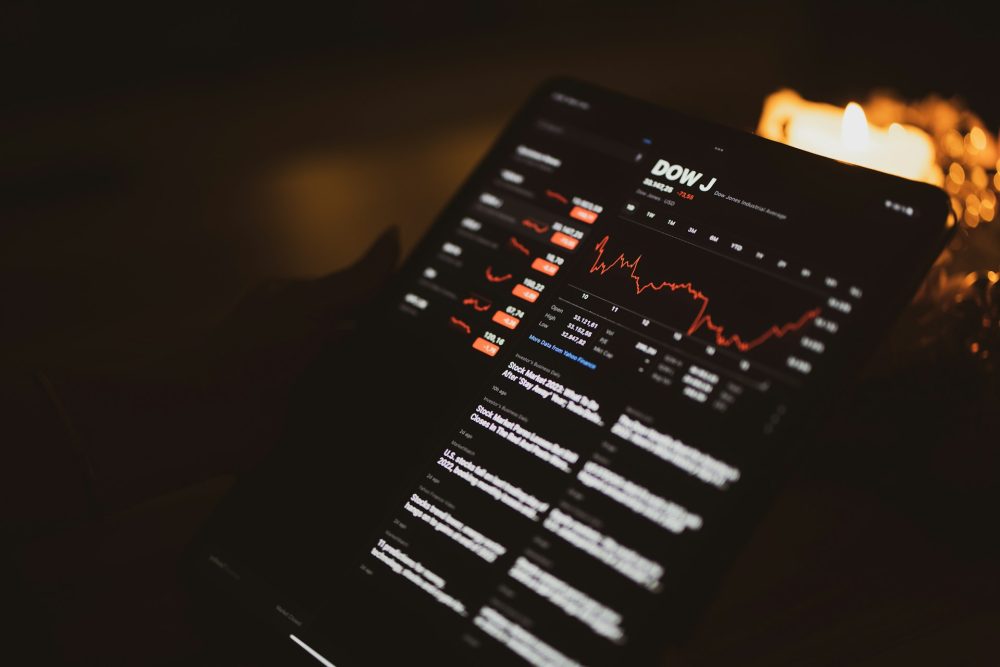Business
Is there really a perfect time to make an investment?
Indicators help investors time their investments but it’s still a matter of opinion and the risks you want to take.

For first-time investors and even some long-standing traders, knowing when to get your foot in the proverbial door is a worry that can keep them tossing and turning all night. The debate as to whether or not there is ever a good time to invest is one that has investors disagreeing on a regular basis, but a common belief is that as long as you’re making an investment in the right market, it really doesn’t matter when you invest. With countless indicators available to use, the industry is making it easy to assess a market before you invest regardless of the “perfect” time you choose, and we’re looking deeper into what these are, and whether there’s an ideal time to put down your money or not!
Should you start investing?
While it can be tempting to dive head-first into the world of investments, knowing whether you are truly in a position where you can start investing is a must. The first and most important thing you really need to consider is whether you’re financially fit to start. If you’re still in debt, there are clearly much better places for your “spare” cash to go and taking out the time and effort to get out of debt before you begin can leave you in a better position to start investing your money alternatively. It’s also advisable that you have a well-built emergency fund when you come to invest.
It could also be worth investing in a financial planner before you start putting your money into the stock market. With your planner, you can set out goals and where you want to spend any money that you may get out of your investments and with this advice, you’re likely to be in a much better position when you start climbing the investment ladder. They can aid you in reaching your goals, assessing the risks that you might be committing to and offer alternative options where available to keep you out of financial trouble, especially on a consumer investment level.
If you’re in a fit position to start investing, taking a look at indicators is your next step to knowing when to invest, and we’re exploring just what these are next.
What are indicators?
Technical indicators are being more and more widely used in trading and the investment industry and can aid investors in choosing the right time to jump in on a market, or to cash out of one. There are two main types of indicators that traders are likely to use—trend indicators and oscillators—and understanding what each are used for and what they do can help give you a head start into using them for your first investments.

Indicators can help investors in timing their investments. (Source)
Trend Indicators
Trend indicators make it possible for traders and investors to calculate when it best to isolate or extract profit dependant on the state of the market or the current trend is it going, or is about to go through. These indicators have varying accuracy, especially with more volatile markets and even your timing can make a difference to whether or not any particular trend will benefit your investment.
The main kind of trend indicator is a Moving Average indicator. Stock markets can be volatile, and prices change regularly, making it difficult to keep up with but a Moving Average indicator will smooth this out into one continuous line of average price. While this can take away an element of accuracy, knowing the average trends could actually work out beneficial for new traders as it’s easier to follow and to understand.
You could also opt for On-Balance Volume indicators to work alongside your Moving Average indicator. While OBVs should never be used for trends on their own, a volume indicator should follow trends and will give you more information about buying and selling trends and pressures at any one time. Paired with the Moving Average, you’re likely to make more informed decisions on your trades and investments.
Oscillators
Oscillators are technical tools banded between two extreme values that help traders and investors work out when a market has been overbought or oversold. They’re particularly useful for markets that don’t have any well-defined trends and are particularly useful for businesses in horizontal markets or in a choppy market that is difficult to work out.
Say you were looking to make an investment in the stamp stocks—an oscillator would be able to tell you when a buying volume is increasing or diminishing so you can jump onto the market when it’s best for you. If you’re looking to buy, you need to look for ‘overbought’ situations where it’s likely that traders will be about ready to start selling their stocks.
So, is there a good time?
In short, picking the right time is all a matter of opinion and the risks you want to take. If you’re looking for long-term investments, there really is no “right time” to invest. As long as you jump in on a strong market, you’ll always come back around to a time where your investments are making you money. In the short term, investing could be a matter of predicting when it best to jump in and when it best to cash out, but this can be especially tricky in volatile markets or for those new to the process.
When it comes to trading, it really is a matter of patience and thinking for the long-term. Through an aforementioned financial planner or by looking for advice from an experienced consultant, you can learn the ins and outs of trading and learn what to look for while you’re already in the market. The fact of the matter is simply that trading is a case of taking risks, and there really is no “perfect” time to invest. Markets can be volatile, and the trends will chance more regularly than most can keep up with. However, with long-term dedication and a little extra time spent learning your market, you could be well on your way to a profitable investment.

-

 Markets2 weeks ago
Markets2 weeks agoThe Big Beautiful Bill: Market Highs Mask Debt and Divergence
-

 Africa2 days ago
Africa2 days agoORA Technologies Secures $7.5M from Local Investors, Boosting Morocco’s Tech Independence
-

 Markets1 week ago
Markets1 week agoA Chaotic, But Good Stock Market Halfway Through 2025
-

 Business4 days ago
Business4 days agoThe Dow Jones Teeters Near All-Time High as Market Risks Mount


























You must be logged in to post a comment Login